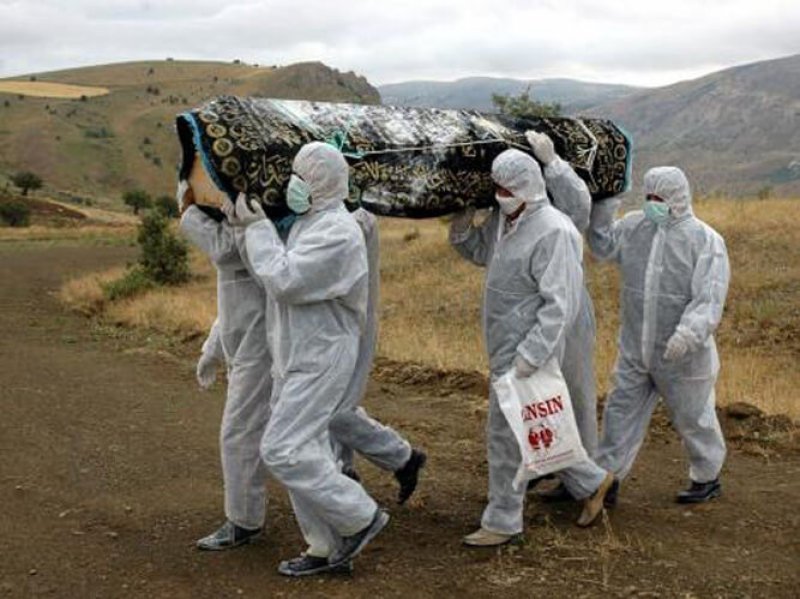How likely is it that humanity will destroy itself? Various scientists have studied this probability, and the basic calculation is straightforward. The key parameters are the number of people capable of destroying the planet and the likelihood that they will do so.
…
[A] new technology is posing a global threat. This is the ability to engineer organisms that can kill large numbers of people—perhaps almost everyone—in a global pandemic. Until recently, the development of bioweapons has required the kind of large-scale investment that only nation states can bring to bear. That has allowed this work to be carefully monitored on an international scale. Consequently, the use of bioweapons has been largely controlled by international agreement.…
The results are sobering. If there is a one in 100 chance that somebody with the technology will release it, and there are a few hundred individuals like this, then our civilization is doomed on a timescale of 100 years or so. If there are 100,000 individuals with this technology, then the probability of them releasing it needs to be less than one in 109 for our civilization to last 1,000 years. […] You have been warned.
The GLP aggregated and excerpted this blog/article to reflect the diversity of news, opinion, and analysis. Read full, original post: Genetic Engineering Holds the Power to Save Humanity or Kill It































